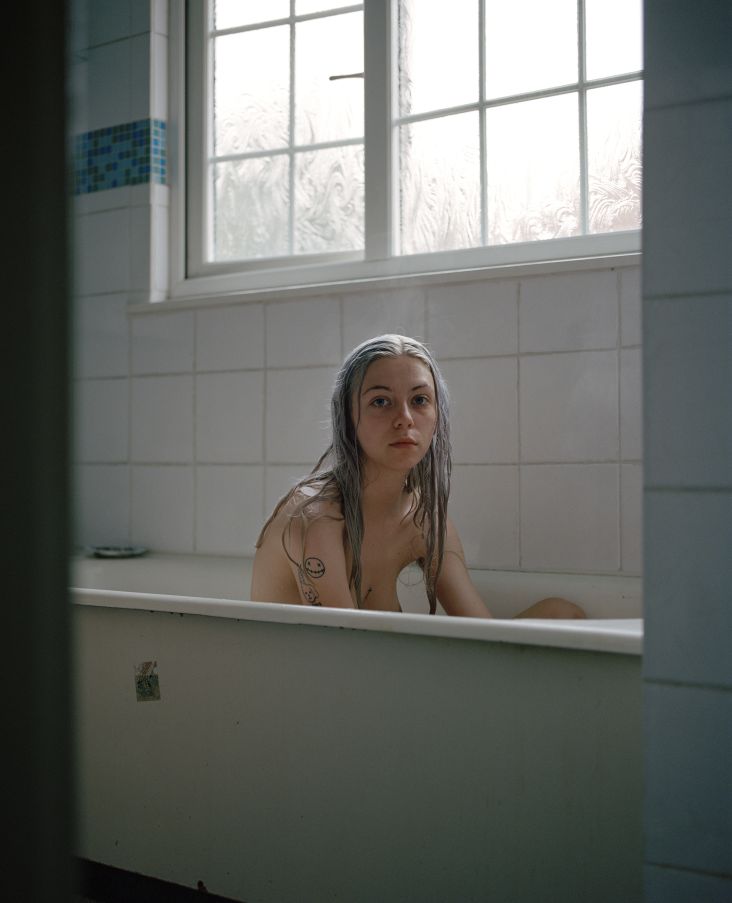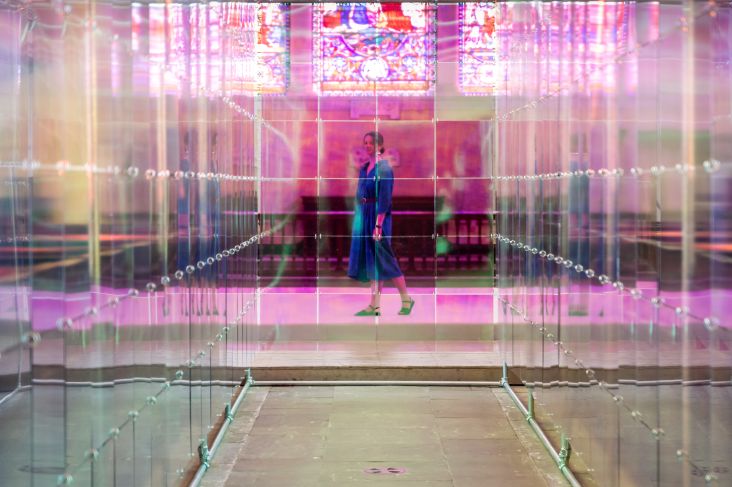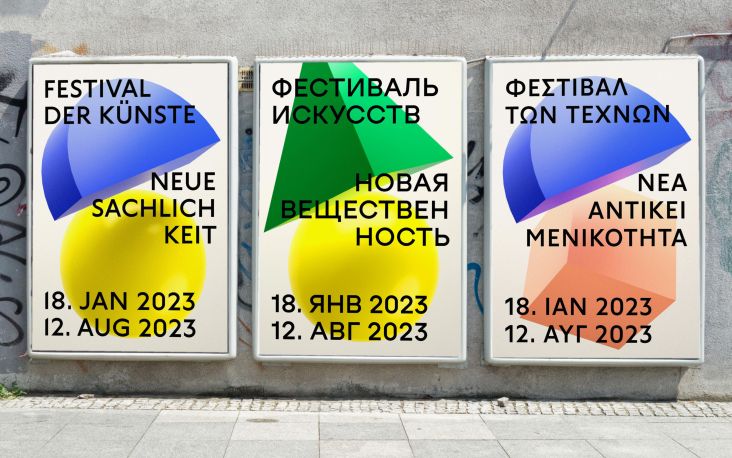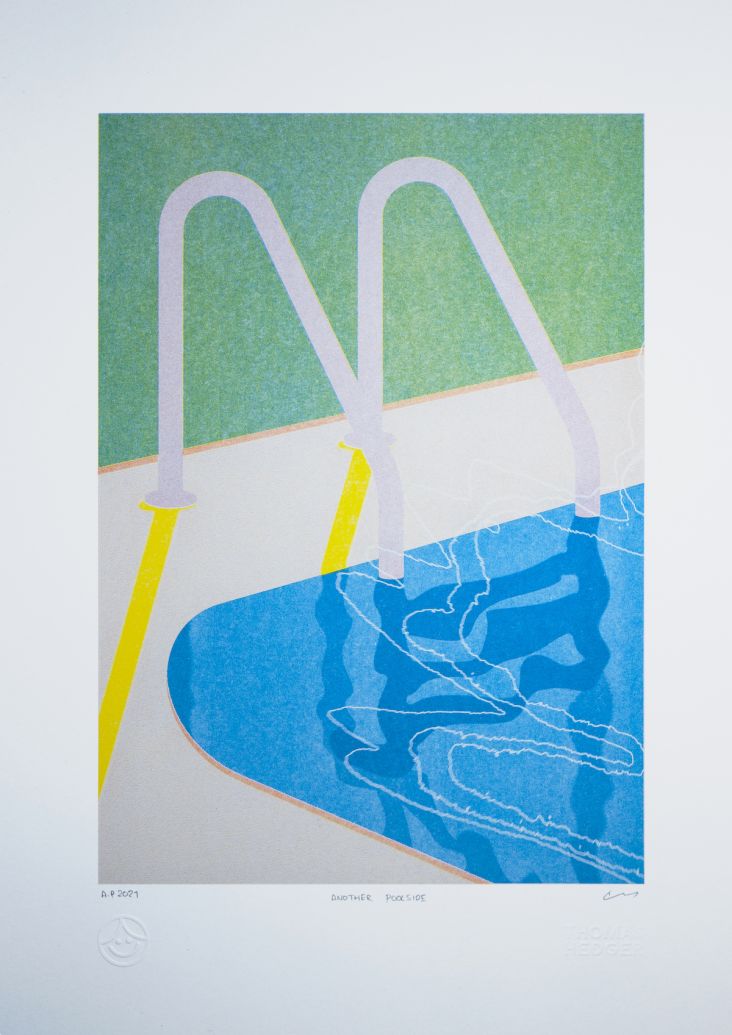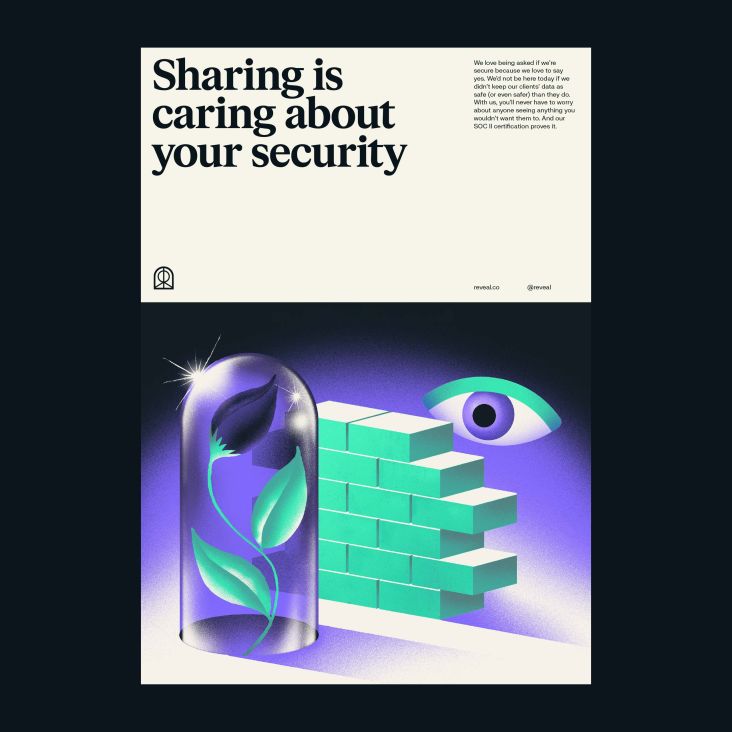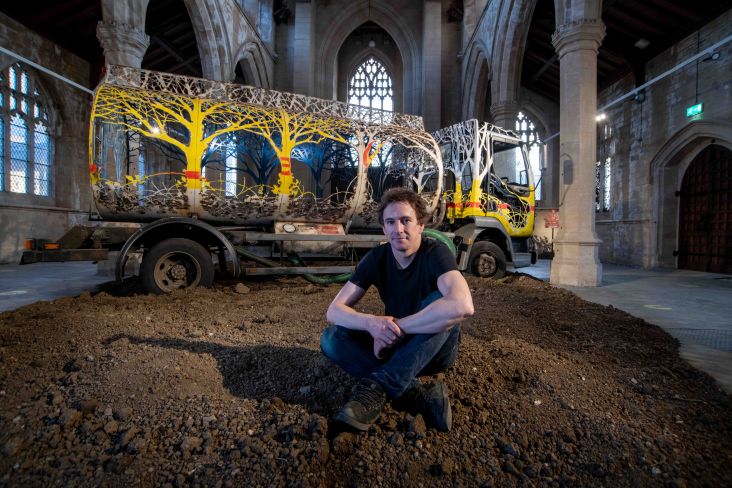Use Hearing Protection: Take a much deeper look at the early years of Factory Records
It's a story of Manchester that we've become all too familiar with: the people, the art and design, the music – is there anything more symbolic of this northern, post-industrial city than Factory Records? We've come a long way since those glory days. But somehow, a new exhibition launching this weekend at Manchester's Science & Industry Museum puts a fresh spin on the birth of the legendary label.
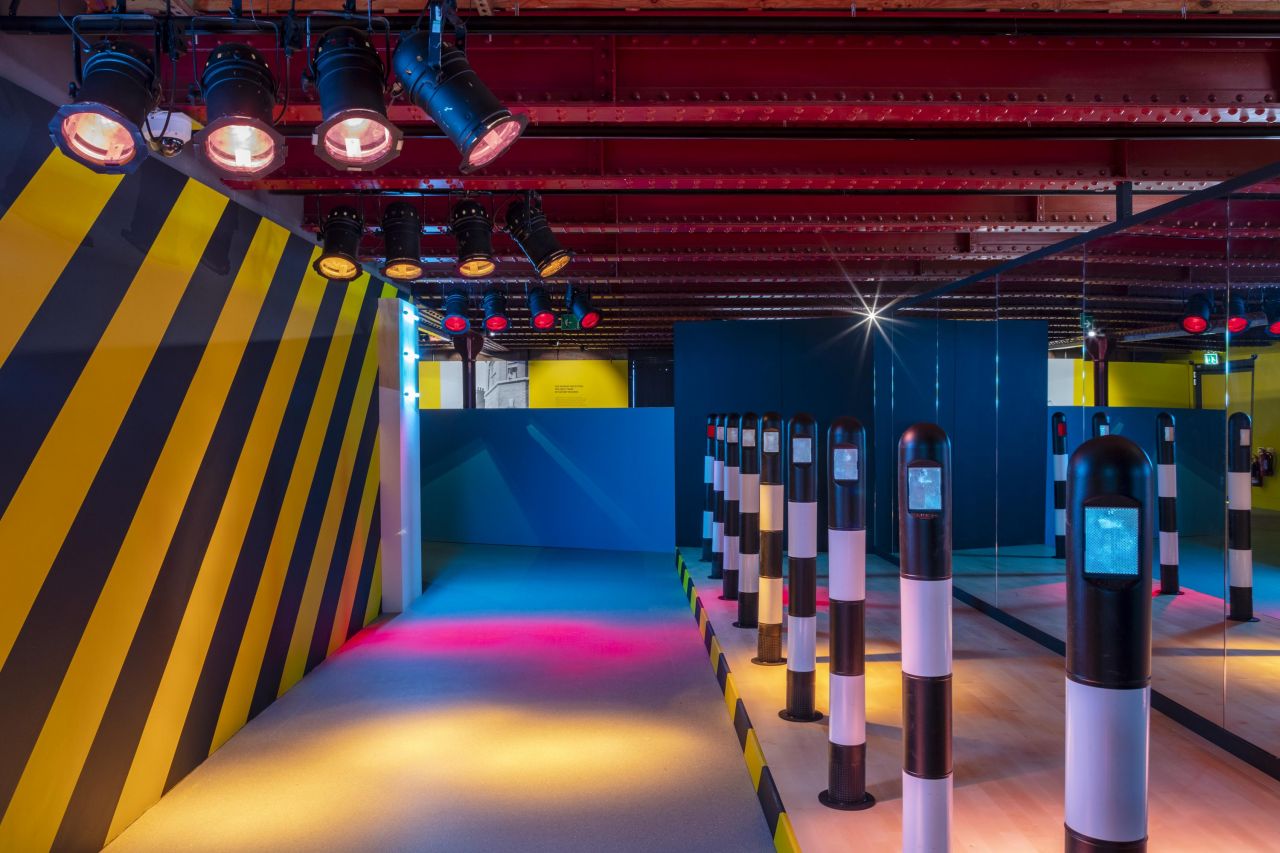
© The Board of Trustees of the Science Museum
Step inside 'Use Hearing Protection: the early years of Factory Records', and you'll immediately see Ben Kelly's work at play. He is, of course, the influential designer best known for the interiors he created for The Haçienda. There are lighting rigs on various angles, pleasing industrial column lines, the classic yellow and black stripes, and a pigeon blue that reflects the Haçienda's original wall colour.
Beyond this overall visual spectacle that immerses us in Manchester's cultural history, the gallery itself embodies the industrial architecture that influenced Factory and features in much of its identity. The classic red brick, arched ceilings and pillars throughout remind us that we are very much in what once was the heart of the Industrial Revolution.
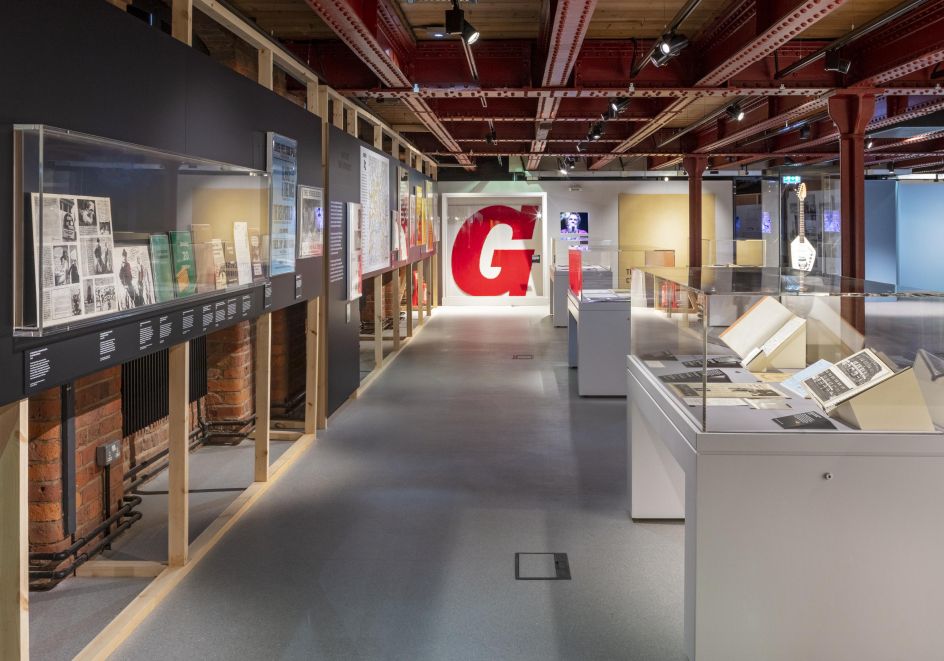
© The Board of Trustees of the Science Museum
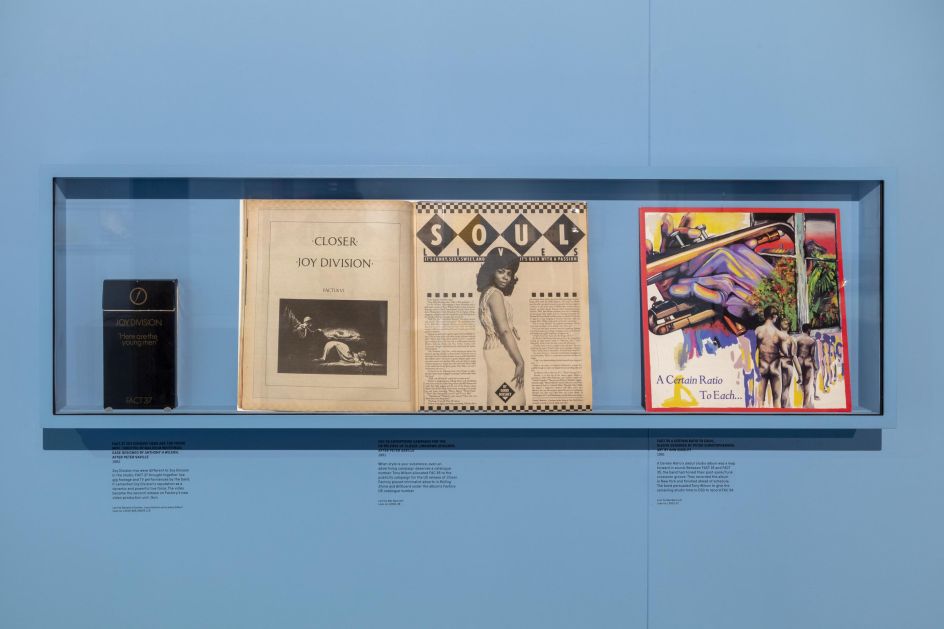
© The Board of Trustees of the Science Museum
It sets the tone for the exhibition, which explores Factory's roots through rare, seldom-seen archives and lesser-heard voices. We learn of its relationship to the depressing post-industrial Manchester of the 1970s and the bunch of forward-thinking creatives, musicians and other collaborators who shared a vision and brought it to life. These were aspirational idealists and radicals, living in post-war, post-empire Britain where anything felt possible.
Curated by the Science and Industry Museum in association with the journalist, author and artist, Jon Savage and curator and archivist, Mat Bancroft, the show focuses on the period between 1978 and 1982, exploring the history and legacy of the label as something that sparked innovation in the UK's wider creative industries.
We start with the birth of an idea by the charming Granada TV journalist Tony Wilson and former actor, Alan Erasmus and discover more about how the independent label came to shape the city it called home, leading to the world-famous Haçienda, New Order and Happy Mondays.
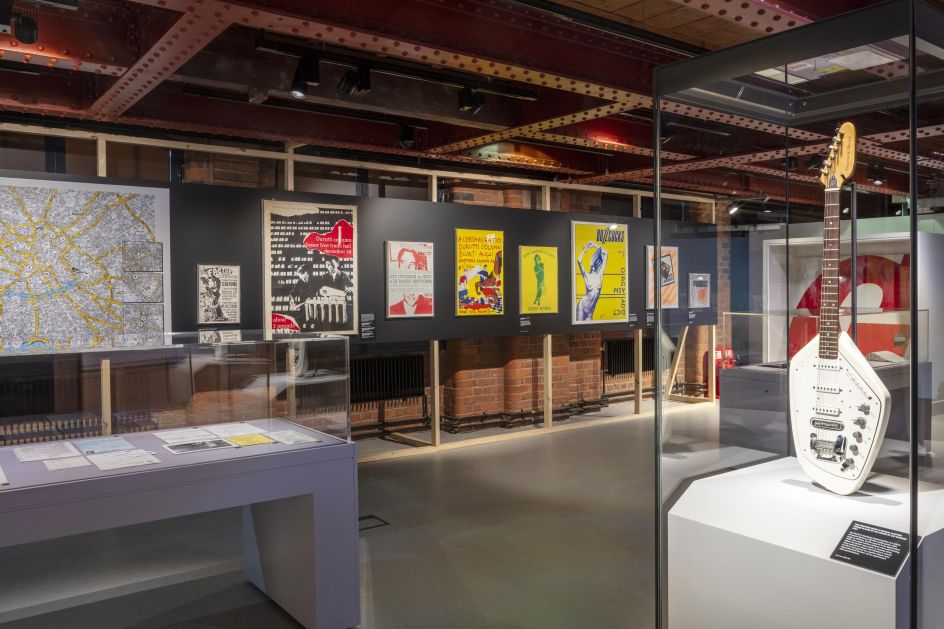
© The Board of Trustees of the Science Museum
Amongst the visuals and rarely-seen objects on display is everything from original notebooks, sketched-out ideas and photographs to poster designs, album sleeves and more. Fans of Peter Saville, Martyn Atkins, Trevor Johnson and Mark Farrow will not be disappointed.
For fans of Joy Division singer, Ian Curtis, you'll be able to see his iconic, white teardrop guitar, made famous in the video for Love Will Tear Us Apart. And there's a 'Gig Room' where the sounds of Factory are played out through large-scale projections of its inaugural bands.
There's even a chance to get hands-on with technologies of the time by using a mixing desk to create your own take on an original Factory Records' track, and feel as though you're part of the recording of Unknown Pleasures by experimenting with a synthesiser. Take note, you will need to bring your own headphones to plug in and play.
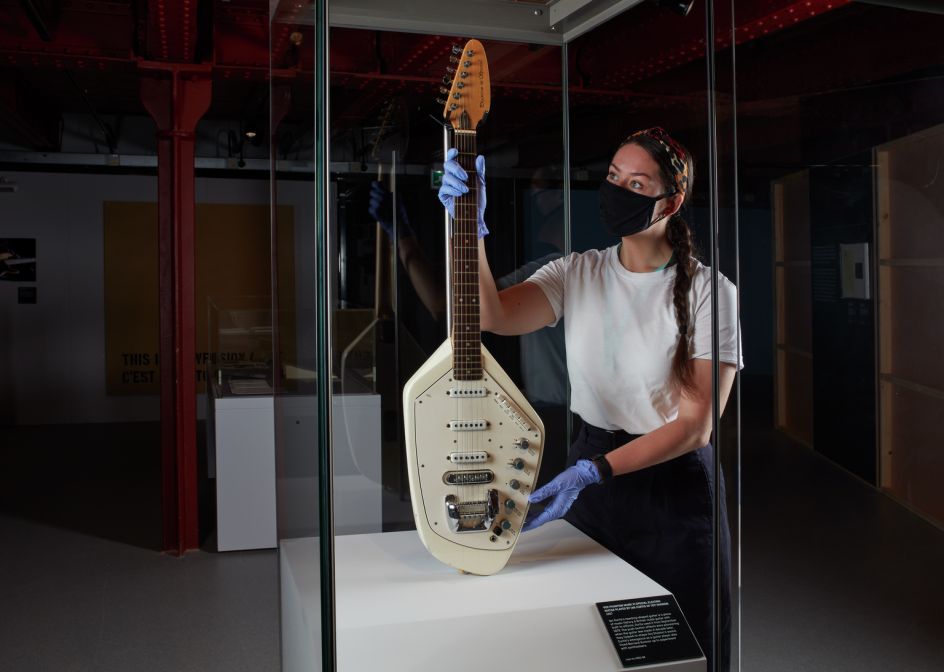
© The Board of Trustees of the Science Museum
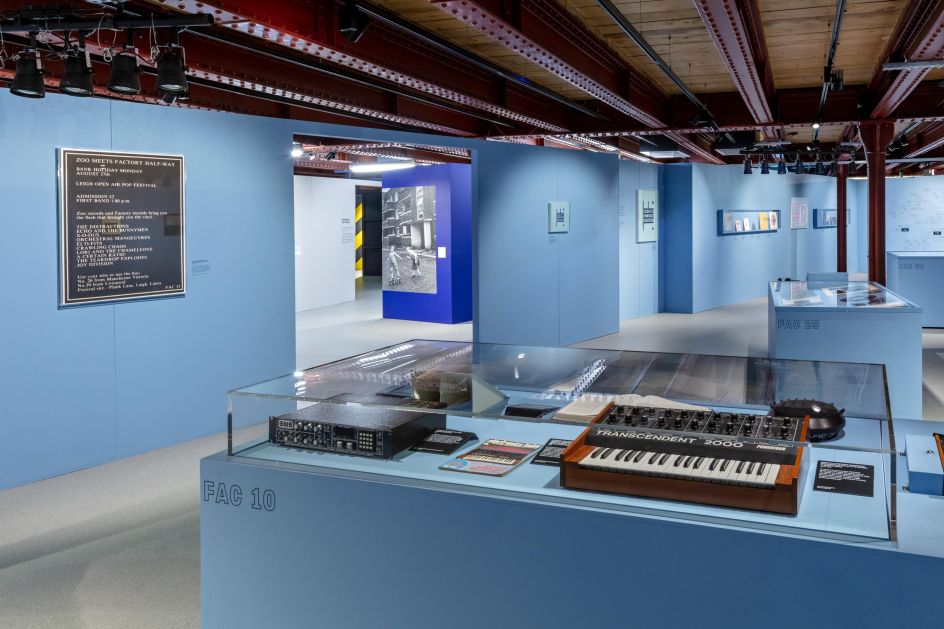
© The Board of Trustees of the Science Museum
With such a rich archive to dive into, it's interesting to learn from Mat Bancroft how straightforward the show was to curate. "It was quite easy in a way because Factory had a numbering system, so when we decided to look at the early years, we simply chose to focus on one to 50. This gave us a framework," he explains. Of course, the difficulty lay in finding all the materials from that period. "Some of the items are so rare, we were lucky to find them," says Mat. "Many we'd never seen before."
On looking through the very early days of Factory, it's fascinating to learn that Tony Wilson himself was behind a lot of the label's design. "There are lots of fliers and newsletters where Tony talks about lots of different things happening in the city and at Factory – all interesting, some quite humorous. There's definitely an influence of punk with collage, montage and an anarchistic style," adds Mat. "It's quite the comparison because when you see the later work, you notice how much of a game-changer Peter Saville's first poster was. FAC 1 doesn't borrow any punk, collage or montage language, it looks completely different. And it set the template for what Factory was going to be almost immediately. The Factory aesthetic was established with that very first poster."
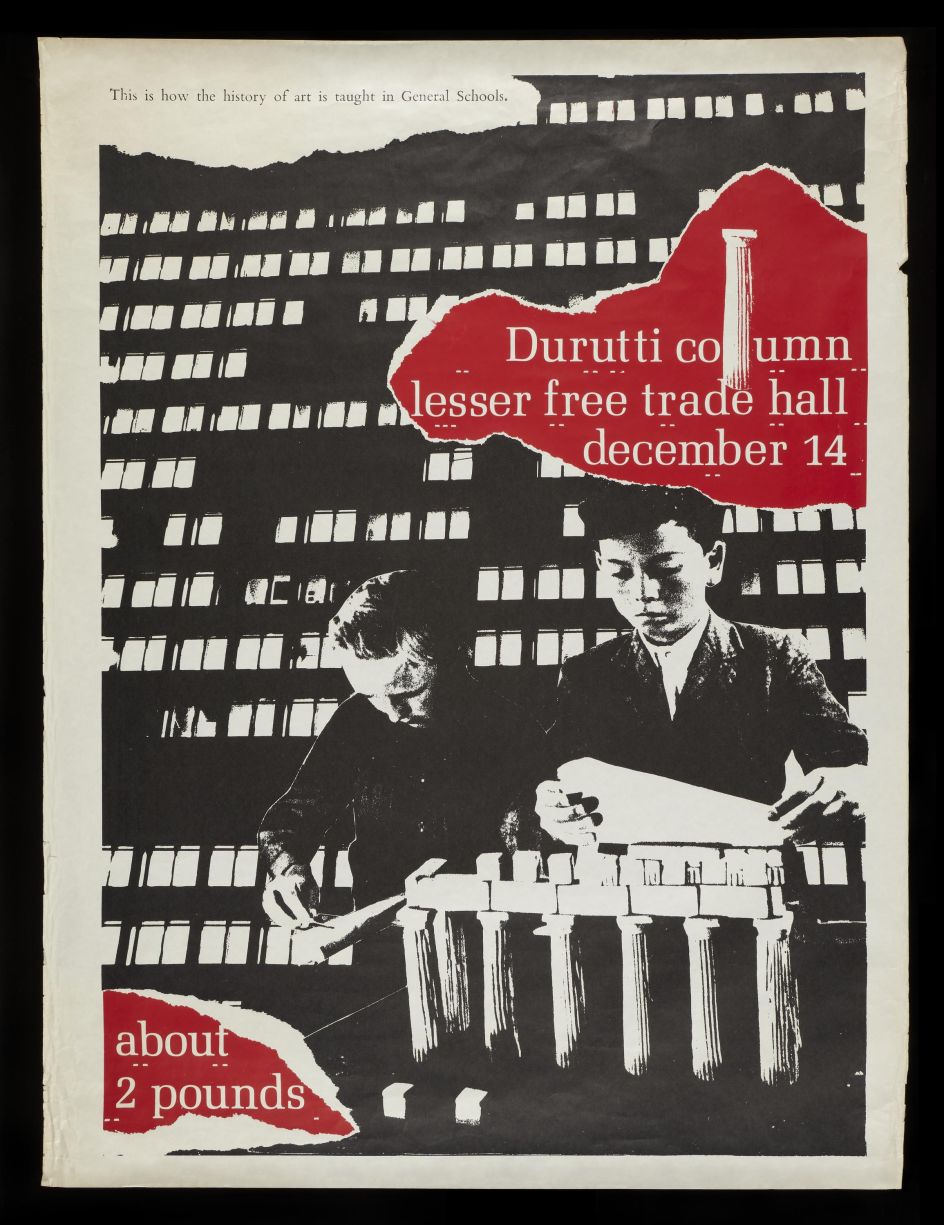
Poster to promote Durutti Column show at Lesser Free Trade Hall, Manchester, December 14 1979 © The Board of Trustees of the Science Museum
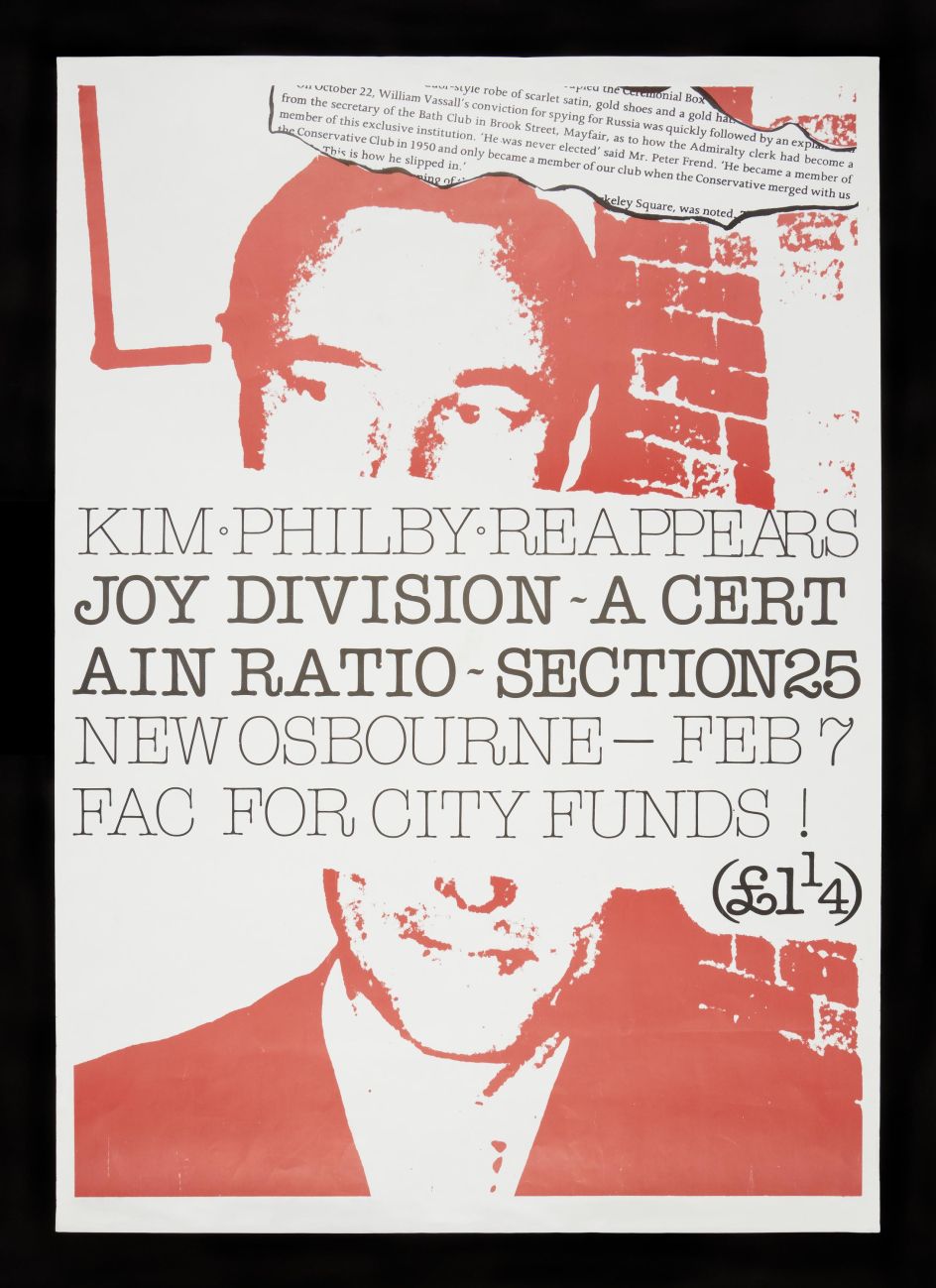
Poster designed by Jon Savage advertising Joy Division, A Certain Ratio and Section 25 for show at New Osbourne Club - Fac for City Funds © The Board of Trustees of the Science Museum
Speaking of the visual language, Mat believes there's never been a brand that encapsulates Manchester quite as much as Factory. "Saville's designs marked Factory out as something different. He gave a quality to it. It showed that design was important in what Factory was doing. Perhaps more important than profit. Yes, there's a strand of design that we see in the sleeves of The Smiths that isn't necessarily just 'northern', it's international, but it certainly has a design aesthetic that you can very much link to Manchester."
He adds: "In this exhibition, you see a lot of industrial language being used. Classic typefaces. And it's very clean and simple. It does mark Factory out as unique."
Use Hearing Protection: the early years of Factory Records at the Science and Industry Museum runs from Saturday 19 June 2021 to Monday 3 January 2022. Tickets are available now, priced at £8 for adults and £6 for concessions, with under-12s going free.




 by Tüpokompanii](https://www.creativeboom.com/upload/articles/58/58684538770fb5b428dc1882f7a732f153500153_732.jpg)


 using <a href="https://www.ohnotype.co/fonts/obviously" target="_blank">Obviously</a> by Oh No Type Co., Art Director, Brand & Creative—Spotify](https://www.creativeboom.com/upload/articles/6e/6ed31eddc26fa563f213fc76d6993dab9231ffe4_732.jpg)








